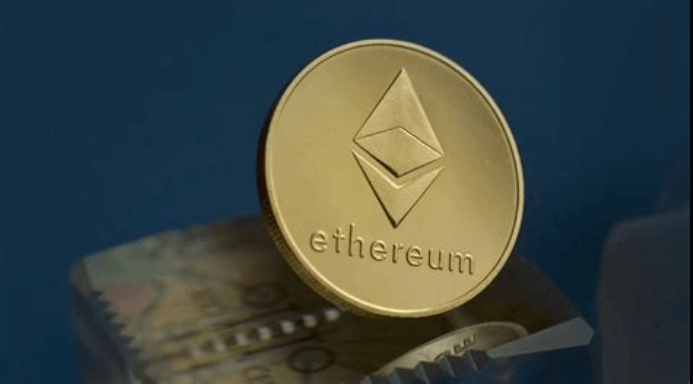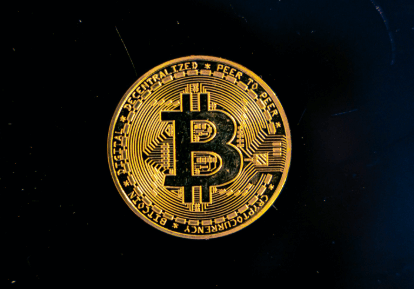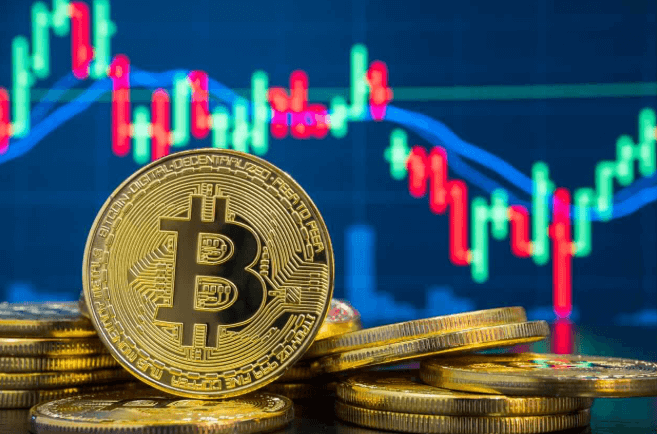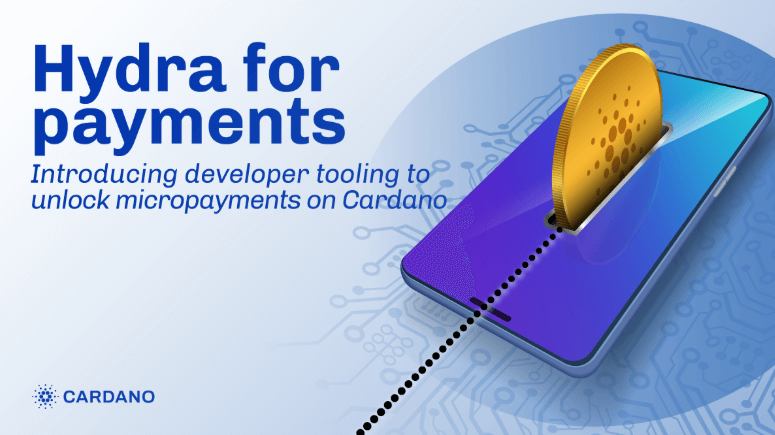Introduction
Ethereum (ETH), the world’s second-largest cryptocurrency by market capitalization, has witnessed a significant decline in transaction fees, reaching their lowest levels in four years. This reduction is expected to encourage increased on-chain activity, benefiting both casual users and institutional investors. This article explores the reasons behind this fee drop, its implications, and the future outlook for the Ethereum network.

Why Are Ethereum Fees Declining?
Several key factors have contributed to the sharp decrease in Ethereum transaction fees:
- Ethereum’s EIP-1559 Implementation – The Ethereum Improvement Proposal (EIP-1559), implemented in August 2021, introduced a base fee model that dynamically adjusts transaction costs based on network congestion. Over time, this mechanism has helped stabilize fees.
- Layer-2 Scaling Solutions – The increasing adoption of Layer-2 networks such as Arbitrum, Optimism, and zkSync has offloaded a significant portion of transactions from the main Ethereum chain, reducing congestion and lowering fees.
- Reduced NFT and DeFi Activity – The cooling down of NFT and DeFi trading volumes in early 2025 has led to a decrease in network demand, further easing congestion.
- Market Conditions – With Ethereum’s price stabilizing around $2,700, fewer speculative transactions are occurring, contributing to lower gas fees.
Impact on the Ethereum Ecosystem
The decline in transaction fees presents both opportunities and challenges for the Ethereum network:
- More Affordable Transactions – Users can now send ETH and interact with smart contracts at a fraction of previous costs, making Ethereum more accessible for microtransactions.
- Boost for Decentralized Applications (dApps) – Lower fees attract more users to DeFi platforms, gaming applications, and other dApps that rely on frequent on-chain transactions.
- Competitive Edge Over Rival Chains – Ethereum’s historically high fees have driven users to competing blockchains like Solana and Avalanche. The current fee reduction could help Ethereum regain market dominance.
- Validator Rewards Impact – Lower fees mean fewer transaction tips for Ethereum validators, potentially reducing incentives for network participation in the short term.
Future Outlook
The long-term sustainability of low fees depends on multiple factors:
- Ethereum 2.0 Enhancements – Future updates, including proto-danksharding, are expected to further improve scalability and cost-efficiency.
- Resurgence in DeFi and NFT Activity – If trading volumes rebound, fees could rise again, but Layer-2 adoption should help maintain affordability.
- Institutional Adoption – As institutional players continue to explore Ethereum-based solutions, demand for block space may increase, affecting transaction costs.
Conclusion
Ethereum’s transaction fees reaching a four-year low marks a positive milestone for the network. This development is expected to drive greater adoption, increase dApp engagement, and enhance Ethereum’s overall usability. However, it remains to be seen whether these lower fees will persist as market conditions evolve.
Disclaimer: This article is for informational purposes only and is not investment advice. Investors should research carefully before making any decisions. We are not responsible for your investment decisions.
















